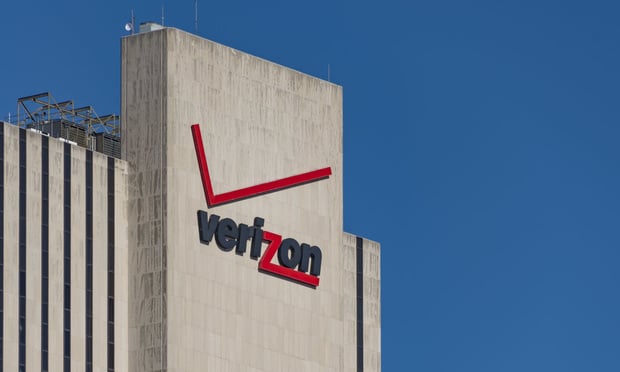Large employers, especially manufacturing operations, have had onsite nurses and doctors available to their workers for years. But now health clinics and coaches are becoming an increasingly common sight at employers of all kinds and sizes.
The trend has proven to be a win-win for all involved, boosting, among other things, “patient engagement,” the term for how actively people address their health issues and how well they follow doctors' orders.
As a consequence, health care costs are dropping and productivity is increasing at workplaces where these efforts are underway.
These clinics are staffed by nurses, dieticians and exercise specialists, among others. Ill employees can make appointments and just swing in for a consultation. Onsite health centers can offer primary care, occupational services, a pharmacy, disease management, X-rays and wellness services. Copays are often especially low, screenings are free and employees can get more time with a physician.
According to a 2013 survey by the National Business Group on Health, 44 percent of large employers have onsite clinics, and 9 percent were thinking about adding them.
Where clinics aren't popping up, coaching is. Estimates are that well over 30 percent of U.S. companies now offer a consumer-driven health plan that includes health coaching in some fashion.
Marriott International has had clinics and has hired coaches for a few years now. The results in some areas are dramatic. For example, it saw a 12 percent reduction in ER visits between 2011 and 2012 in its Chicago market.
“Anytime you can make access to health care easier, as easy as possible, make it convenient, you want to take advantage of that opportunity,” says Rick Morrow, Marriott's director of benefit strategies.
The hotel chain began to roll out its program in 2010. Now most of its larger properties have a coaching system in place. “The biggest challenge was getting the employees connected and engaged with the coaches,” says Morrow.
Marriott first used telephonic health coaches. Employees were more reluctant to participate with a distant, faceless expert. As the company added in-house medical professionals, employees began to warm up to the concept.
Marriott tracked employee engagement with coaches at a mere 10 to 12 percent when it relied on phone consultations. With on-site coaches, engagement reached 60-70 percent.
“At the end of the day,” said Morrow, “we learned that just having a warm face-to-face encounter to talk about a very personal matter was the solution to increasing the effectiveness of the health coaches.”Marriott's largest properties include a small health clinic either onsite, or nearby, where doctors or nurse-practitioners see patients and prescribe medicine.
Marriott has clinics at its premier, high-volume locations of Orlando, Florida, Nashville's Opryland and New York's Times Square. In these cases, the hotel chain partners with established local health entities, for example Vanderbilt Health in Nashville and Mount Sanai Hospital in New York.
In smaller markets and in suburban settings, Marriott connects its associates with mini-clinics with extended hours at area CVS pharmacies.
Where two or three smaller hotels are in close proximity, they share a coach.
Every full-time Marriott employee is covered under its plan and coaches' advice is free. Dependents are generally covered and take advantage of the program as well.
Coaching, of course, can lead to prevention of health problems as well as early detection of serious illness. But the benefits are more immediate, employers have found.
A basic doctor's office visit can consume a half-day of work. An in-house consultation can be a 20-minute encounter before lunch. By one account, health coaching typically leads to 20 percent fewer surgeries, 20 to 30 percent fewer doctor visits, and 20 to 30 percent fewer hospital admissions.
In comparing results at properties with health coaches and those without, Marriott has found a 1 to 2 percent difference in overall health care costs.
Morrow acknowledges these are small numbers, but he has every reason to believe that that differential will increase.
“It's something we want to continue,” he said. “Because employees value it and talk about how much they value it.”
BenefitsPro
Complete your profile to continue reading and get FREE access to Treasury & Risk, part of your ALM digital membership.
Your access to unlimited Treasury & Risk content isn’t changing.
Once you are an ALM digital member, you’ll receive:
- Thought leadership on regulatory changes, economic trends, corporate success stories, and tactical solutions for treasurers, CFOs, risk managers, controllers, and other finance professionals
- Informative weekly newsletter featuring news, analysis, real-world case studies, and other critical content
- Educational webcasts, white papers, and ebooks from industry thought leaders
- Critical coverage of the employee benefits and financial advisory markets on our other ALM sites, PropertyCasualty360 and ThinkAdvisor
Already have an account? Sign In Now
*May exclude premium content© 2025 ALM Global, LLC, All Rights Reserved. Request academic re-use from www.copyright.com. All other uses, submit a request to [email protected]. For more information visit Asset & Logo Licensing.





